Within Kyoto City
Latest content and event information
-
-
Cultural TourismSustainability
Encountering a Thousand Years of Kyoto ~Nakamura Candle~
A quietly flickering light connects Kyoto's futureA journey to encounter a millennium-old culture
Kyoto, the capital of Japan for a thousand years, has continued to preserve its cultural roots while changing with the seasons.
When travelers walk through Kyoto, what they encounter is not only its scenery or traditions. They also come into contact with the ways of life that people have woven over generations, and with the “time of culture” embedded even in the smallest grains of material.
In this special feature, "Encountering a Thousand-Year-Old Kyoto," we visit businesses that are tackling the "inheritance of invisible culture" head-on and explore the essence of regenerative tourism - nurturing the future together with the local community.
This time we will introduce Nakamura Candle, a company that has been dedicated to making Japanese candles since its founding in 1887 (Meiji 20).
We spoke with CEO Hirokazu Tagawa about the company's efforts to preserve this "intangible culture" that has been passed down through the light of candles.
-
Cultural TourismSustainability
Encountering a Thousand Years of Kyoto - Ito Yuki
Passing the thread of life to the future: Kyoto's activities connected by pure domestic silkA journey into a thousand years of culture
Kyoto, the ancient capital with a history spanning over a millennium, has continually transformed with the changing seasons, while quietly safeguarding the roots of its culture.
When travelers walk through Kyoto, what they encounter is not only its scenery or traditions. They also come into contact with the ways of life that people have woven over generations, and with the “time of culture” embedded even in the smallest grains of material.
In this special feature, "Encountering a Thousand-Year-Old Kyoto," we visit businesses that are working to "preserve invisible culture" and explore the essence of regenerative tourism - nurturing the future together with the local community.
This time we visited Itoyuki, a long-established manufacturer that has continued to focus on using pure domestic silk.
Located in Kyoto, where textile culture is deeply rooted, the company has pioneered a wide range of products, from white fabrics to interior décor, and is a living example of the "current state of silk culture" where nature and human activities are carefully linked.
experiencetraditional craftsKyoto sustainable tourismsustainabletraditional culture
-
A journey into a thousand years of culture
Kyoto, the ancient capital with a history spanning over a millennium, has continually transformed with the changing seasons, while quietly safeguarding the roots of its culture.
When travelers walk through Kyoto, what they encounter is not only its scenery or traditions. They also come into contact with the ways of life that people have woven over generations, and with the “time of culture” embedded even in the smallest grains of material.
In this special feature, “Encountering a Thousand Years of Kyoto,” we visit businesses that face head-on the often-invisible process of cultural inheritance. Through their stories, we explore the essence of regenerative tourism—the practice of nurturing the future together with the local community.
This time, we introduce Nohga Hotel Kiyomizu Kyoto, quietly situated
in the heart of the Higashiyama–Kiyomizu area.
Blending the atmosphere of travel with a contemporary sensibility, the hotel has been steadily strengthening its presence as a hub of local culture.
By staying close to the everyday life of the neighborhood, Nohga Hotel Kiyomizu Kyoto has carefully cultivated relationships with local crafts, cultural practices, and people. To better understand the background of this journey, we spoke with Kazuya Okawa, General Manager of the hotel, and Rena Agata from the Planning and Promotion Division of the Operations Management Department.
-
“HANDS FREE KYOTO,” operated by the Kyoto City Tourism Association, is a website that compiles hands-free sightseeing information to help tourists explore Kyoto comfortably.
It clearly introduces baggage services, such as delivery services for sending large luggage to your accommodation,
and information on temporary storage counters and coin lockers, complete with user-friendly maps of the Kyoto Station area.The service aims to prevent congestion on public transportation caused by large luggage, thereby promoting enjoyable tourism for everyone.
▶Click here for HANDS FREE KYOTO
Kyoto experienceKyoto tourism moralsKyoto sustainable tourismKyoto sightseeing
-
SPA PASS KYOTO What is
This is an electronic travel pass that allows you to "hot spring tour" at 10 hot spring facilities in Kyoto City (as of October 1, 2025). By presenting an electronic ticket that allows you to visit three different facilities at the hot spring facilities, you can tour the hot spring facilities scattered throughout Kyoto City. We also work to promote the use of ancillary facilities such as meals and cafes at hot spring facilities, proposing various ways to use hot springs.
[Implementation period]
Sale period: Wednesday, October 8, 2025 - Tuesday, March 31, 2026Usage period: October 8, 2025 (Wednesday) - March 31, 2026 (Tuesday)
*The facility-specific plan is3 days before the date of use Please make your reservation by.
※Payment isCredit card online payment onlyIt will be
※When you go out,Please use the convenient city bus and subway
-
This is a high-quality educational tour for adults that allows you to experience tea and sake, traditional Kyoto culture, with all five senses and appreciate the depth of Japanese culture. You can experience a tour that delves into the roots of tea and sake, which are derived from "water."
Savor Kyoto's Dual Heritage: An Exquisite Moments of Tea & Sake
09:40 Reception begins
09:50 Meet at Kyoto Station (KTIC Kyoto) == (Travel: JR) ==
10:30 Arrive at JR Uji Station (travel: on foot)
10:50 Byodoin Temple (visit) ... (travel: on foot) ...
12:00 Uji Tea Ceremony Dojo "Takumi no Yakata" (Tea brewing experience (with sweets)) ... (Travel: on foot) ...
12:50 Keihan Uji Station == (Train: Keihan Electric Railway) ==
13:20 Nakashojima Station... (Travel: Walking)...
13:30 Lunch (Japanese cuisine/restaurant in Fushimi Ward) ... (travel: on foot) ...
14:20 Tour of Fushimi Town, the town of sake (on foot)
15:30 Kintetsu Fushimi-Momoyama Station == (Train: Kintetsu Train) ==
16:00 Arrive at Kyoto Station and disband
Legend: = JR or private railway, ...: walking
SakeJapanese cultureMATCHAKyoto experienceKyoto sightseeingKyoto culturetraditional culture
-
Cultural TourismSustainability
Experience the Future of Lacquer in Kyoto
~ Urushi Tsutsumi Asakichi since 1909 ~Tsutsumi Asakichi Lacquer Shop
Founded in 1909, Urushi Tsutsumi Asakichi preserves traditional craftsmanship while exploring new ways to bring lacquer into everyday life. In Kyoto, lacquer is not limited to temple architecture and tableware — it also appears in daily life, from bath buckets at sento (public bathhouses) to dining tables in local bakeries. Discover its beauty at Bukkoji Temple, experience lacquer buckets at Umeyu, and enjoy bread and wine by the Kamo River. Through these encounters where city culture and lacquer come together, you will discover a new side of Kyoto’s urushi tradition.
-
Lake Biwa Canal Boat to operate in autumn 2025
~ [National Treasure and Important Cultural Property Commemorative Flight] Operation Confirmed!! ~
The dream waterway of our predecessors, which can be traced by canal boat
Traces of many great achievements that can only be seen by boarding the shipThe Lake Biwa Canal fell into decline after the capital was moved to Tokyo.An artificial canal built to revive Kyoto's industryThe project, which overcame numerous difficulties, was carried out solely by Japanese people.A major project in Kyoto during the Meiji periodAfter 70 years, the Lake Biwa Canal has been restored. Enjoy a boat trip to see the great achievements of our ancestors with your own eyes, while taking in the scenery around the canal that changes with the seasons.
《Points that can only be seen by those on board》
・Among the plaques at the entrance to each tunnel, each written by representative politicians of the Meiji era, the only one inside the tunnel is that of Kitagaki Kunimichi, the third governor of Kyoto Prefecture, who planned and promoted the construction of the canal project.・Passengers on board can see the pit, which was the first in Japan to use the pit method, from below.
"customer's voice"
-The guide's explanation was easy to understand.
・Even though it's local, I didn't know it.
・Moved by the achievements of our predecessors. The tunnel is also worth seeing.
NatureJapan HeritageKYOTOLink KyotoLake Biwa canal boatcanalscenicLINK KYOTOautumn leavessustainablehistoryKyoto sightseeing
-
Easier and more fun!
Of course, for those who like Japanese sake,For those who are new to sake,
For tourists who want to experience Japanese culture through sake,
We want you to experience excitement and surprise through sake.
We hope that this place will become a catalyst for expanding the circle of sake fans.Tasting eight different types of sake, find your favorite.
This is an experience facility where you can make your own one-of-a-kind sake by blending your favorite alcoholic drinks. What's more, the sake you make can be bottled in the sake brewing room in the building next door, and you can take it home on the same day, making this a one-of-a-kind sake experience facility.Now, you too can try your favorite sake.
Why not try making your own one-of-a-kind taste with your own hands?
*Drinking is strictly prohibited for those under the age of 20 and those who drive or cycle to the store.
▼For individual applications, please click here
Sake Blending Experience ~My Sake World Kyoto Kawaramachi Store~
▼For group enquiries, please contact us by email.
LINK KYOTO Secretariat (link_kyoto@jtb.com)
CulturalKyoto experienceKyoto sustainable tourismJapanese sake


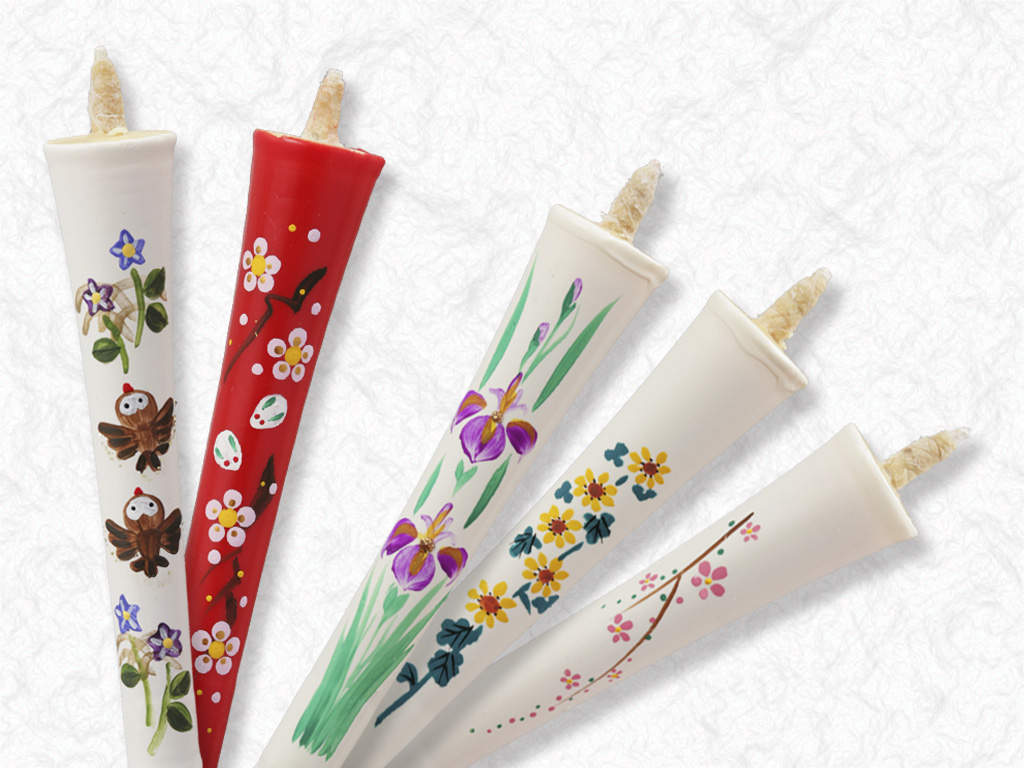
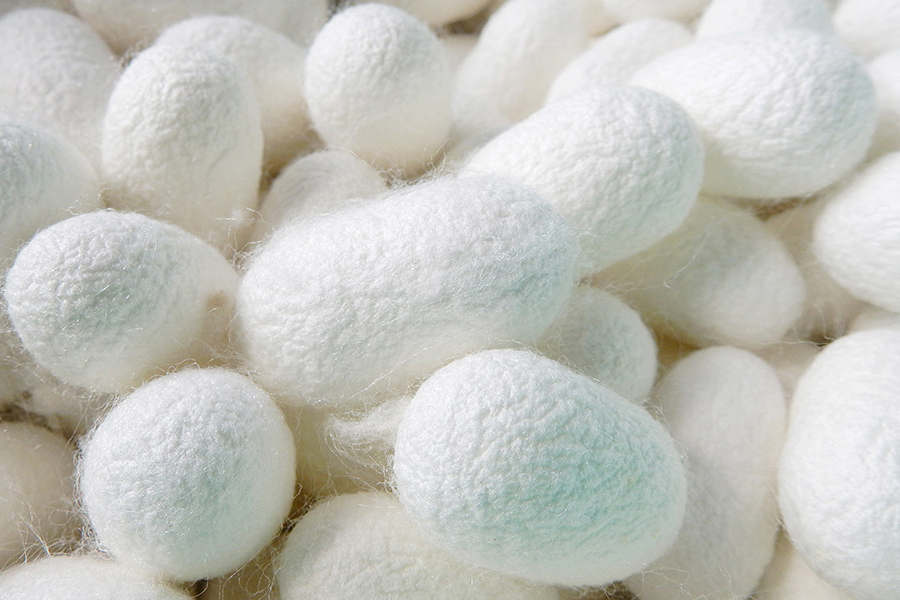
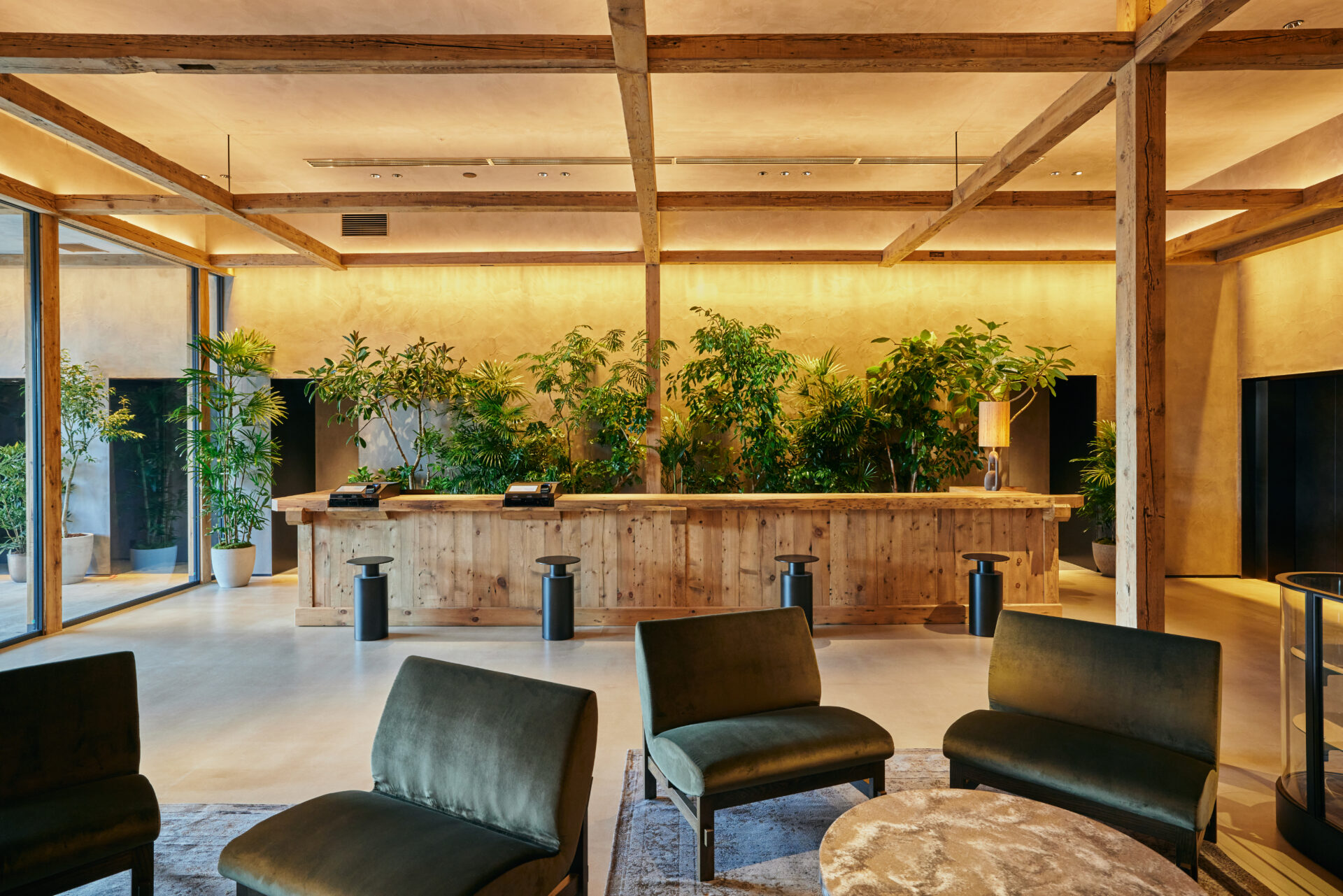
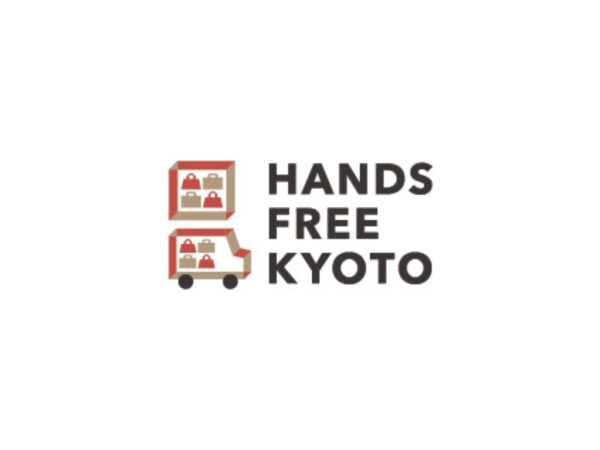

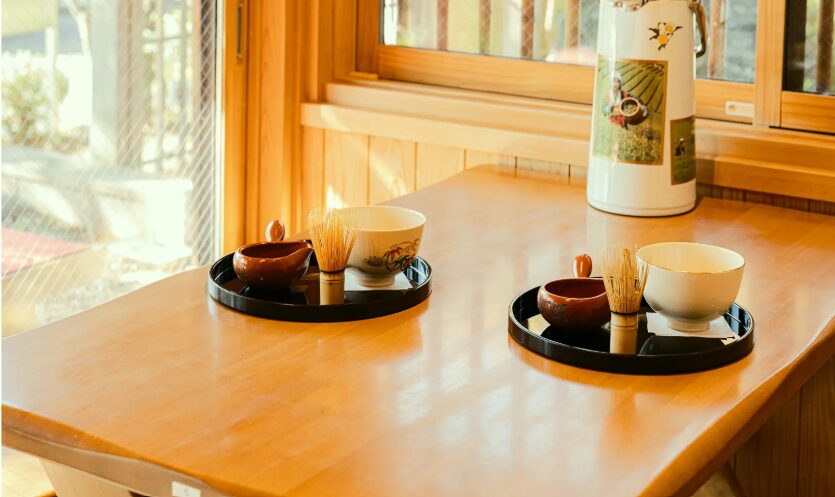
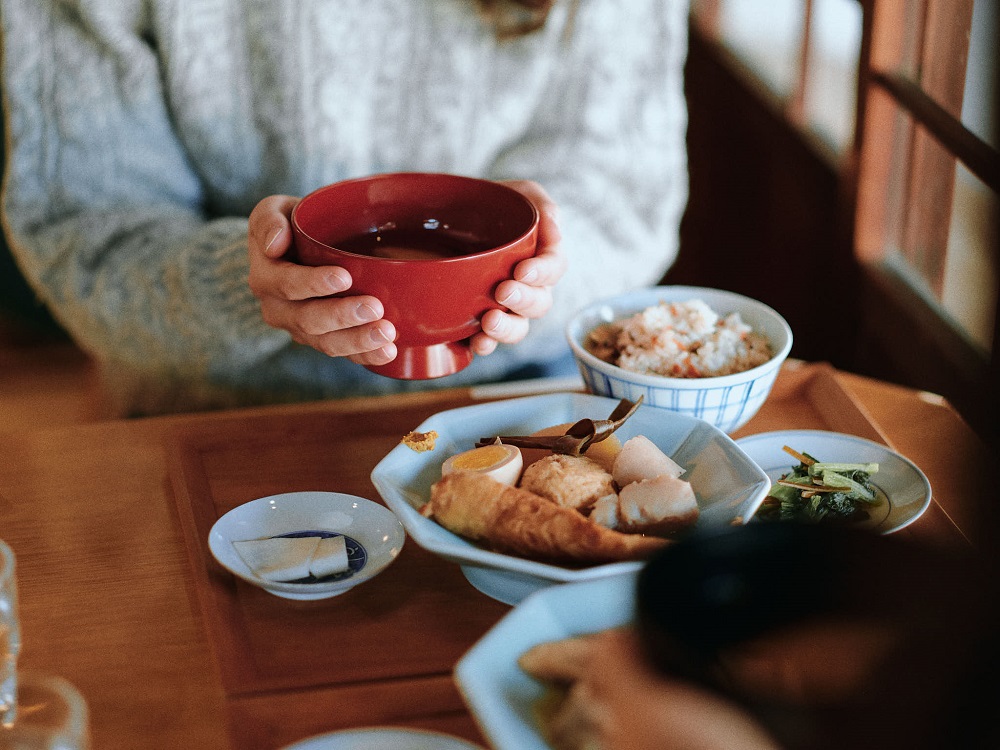


 Kyoto
experience
Kyoto
experience Contact us by phone
Contact us by phone Contact by email
Contact by email